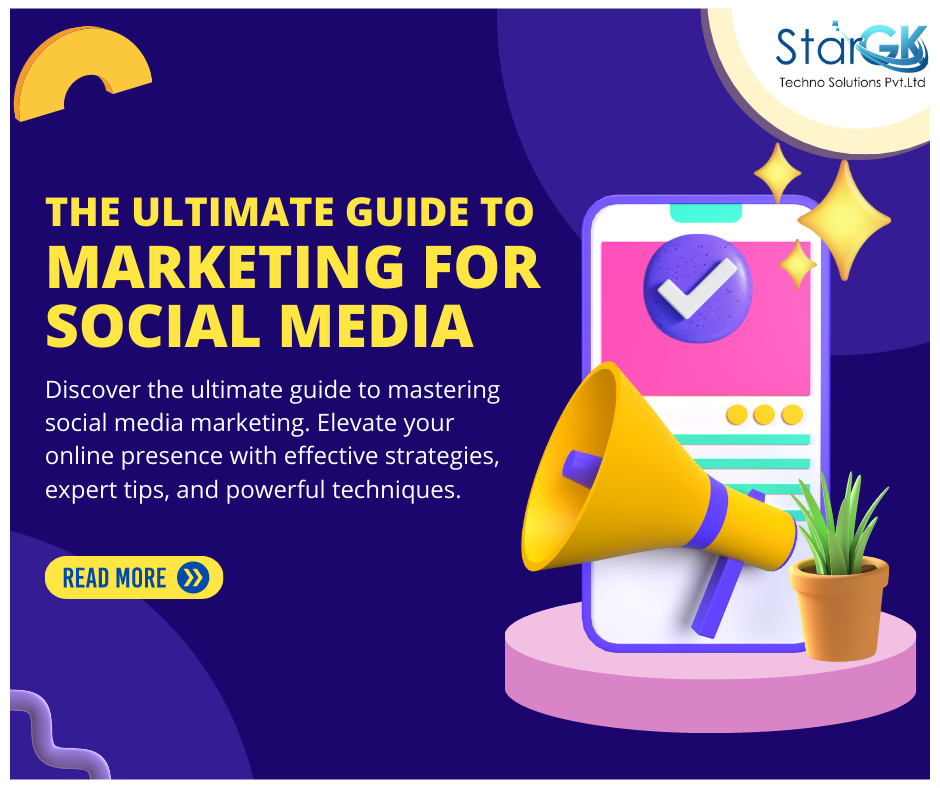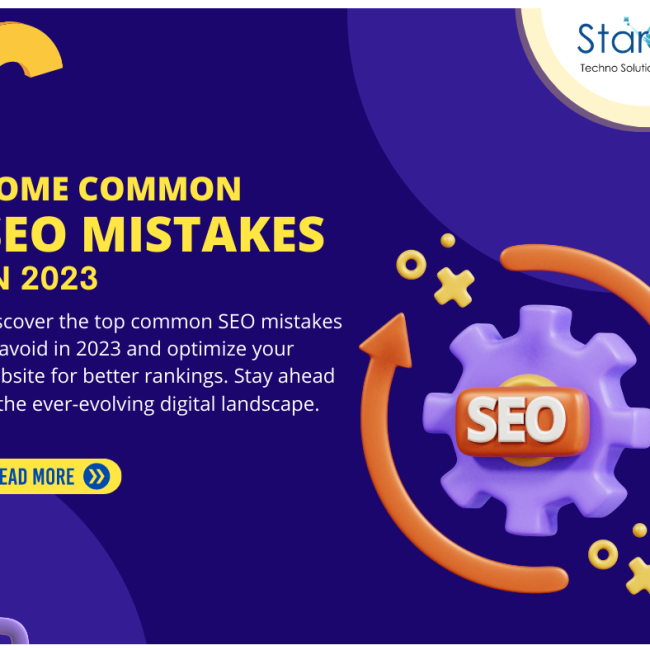
The ultimate guide to marketing for social media
Introduction
In today’s digital age, social media has become an indispensable tool for businesses to reach and engage their target audience. Marketing for social media offers immense opportunities for brands to build awareness, foster customer relationships, and drive conversions. However, with the ever-evolving landscape of social media platforms, it’s crucial to develop a well-rounded strategy to make the most out of your marketing efforts. In this ultimate guide, we will delve into the various types of social media marketing, explore successful strategy examples, and provide practical tips on how to effectively execute social media marketing campaigns.
Types of Social Media Marketing
Content Marketing
Content marketing involves creating and sharing valuable and relevant content with the goal of attracting and retaining a clearly defined audience. This approach focuses on providing valuable information, entertainment, or inspiration to your target audience through various social media platforms. Blog posts, videos, infographics, and interactive content are examples of content that can be shared to engage users and drive brand awareness.
Influencer Marketing
Influencer marketing leverages the popularity and credibility of influential individuals on social media platforms to promote products or services. By collaborating with influencers who have a strong following and align with your brand’s values, you can tap into their loyal fan base and increase your brand’s visibility. Whether it’s through sponsored posts, product reviews, or giveaways, influencer marketing can help you reach a wider audience and build trust among potential customers.
Paid Advertising
Social media platforms provide robust advertising options to help businesses reach their target audience. Paid advertising allows you to create highly targeted campaigns based on demographics, interests, and behaviors, ensuring that your message reaches the right people. Platforms like Facebook Ads, Instagram Ads, and LinkedIn Ads offer a variety of formats such as image ads, video ads, and carousel ads to captivate and engage users.
Social Media Strategy Examples
Storytelling Approach
One effective social media strategy is to leverage the power of storytelling. By crafting compelling narratives around your brand, you can connect with your audience on an emotional level. Share stories about your brand’s history, values, or customer success stories to create a sense of authenticity and build a loyal community. Platforms like Instagram and Facebook Stories provide a perfect format for sharing captivating content in a visually appealing and immersive way.
User-Generated Content (UGC)
Encouraging your audience to create and share content related to your brand is a powerful strategy to amplify your reach. User-generated content not only provides social proof but also fosters a sense of community and engagement. Run contests, ask for testimonials, or create branded hashtags to encourage users to share their experiences with your product or service. Repurpose UGC across your social media channels to showcase the genuine liking your customers have for your brand.
How to Do Social Media Marketing Successfully
Define Your Goals
Before diving into social media marketing, clearly define your objectives. Are you aiming to increase brand awareness, drive website traffic, or generate leads? Setting specific, measurable, achievable, relevant, and time-bound goals will help you stay focused and measure your success accurately.
Know Your Target Audience
Understanding your target audience is essential for crafting content that connects with them. To do this, you should do some research to learn about your target audience’s characteristics, what they like, and what problems they have. This information will help you make content that specifically suits their needs and deliver it through the most relevant social media channels.
Consistent Branding
Maintaining a consistent brand image across your social media profiles is important for establishing brand recognition and credibility. Use consistent visuals, voice, and messaging to ensure that your audience can easily identify and connect with your brand, regardless of the platform they encounter.
Engage and Respond
Social media is a two-way communication channel. Engage with your audience by responding to comments, messages, and mentions promptly. Actively participate in discussions, join relevant groups, and provide value by sharing industry insights, tips, or answering questions. Building genuine connections and nurturing relationships will strengthen your brand’s reputation and loyalty.
Marketing for social media is an ever-evolving landscape that offers immense opportunities for businesses to connect with their target audience. By understanding the various types of social media marketing, leveraging effective strategies, and following best practices, you can harness the power of social media platforms to drive brand awareness, engagement, and conversions. Remember to continually analyze your results, adapt your strategies, and stay up to date with emerging trends to ensure your social media marketing efforts deliver optimal results.








Pingback: Can you see the difference in Facebook's new logo 2023?